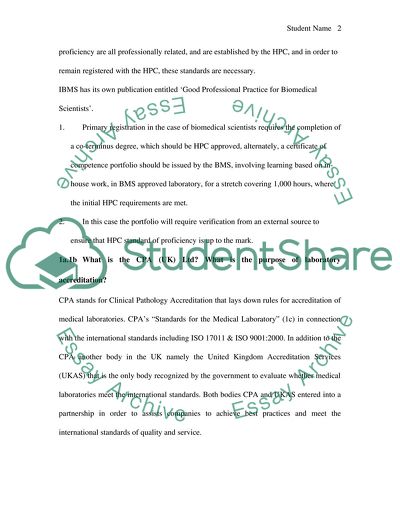Cite this document
(Concerns of A Health Professional in Biomedical Science Assignment, n.d.)
Concerns of A Health Professional in Biomedical Science Assignment. Retrieved from https://studentshare.org/health-sciences-medicine/1734465-expectation-of-a-health-professional-biomedical-science-portfolio-question
Concerns of A Health Professional in Biomedical Science Assignment. Retrieved from https://studentshare.org/health-sciences-medicine/1734465-expectation-of-a-health-professional-biomedical-science-portfolio-question
(Concerns of A Health Professional in Biomedical Science Assignment)
Concerns of A Health Professional in Biomedical Science Assignment. https://studentshare.org/health-sciences-medicine/1734465-expectation-of-a-health-professional-biomedical-science-portfolio-question.
Concerns of A Health Professional in Biomedical Science Assignment. https://studentshare.org/health-sciences-medicine/1734465-expectation-of-a-health-professional-biomedical-science-portfolio-question.
“Concerns of A Health Professional in Biomedical Science Assignment”, n.d. https://studentshare.org/health-sciences-medicine/1734465-expectation-of-a-health-professional-biomedical-science-portfolio-question.


